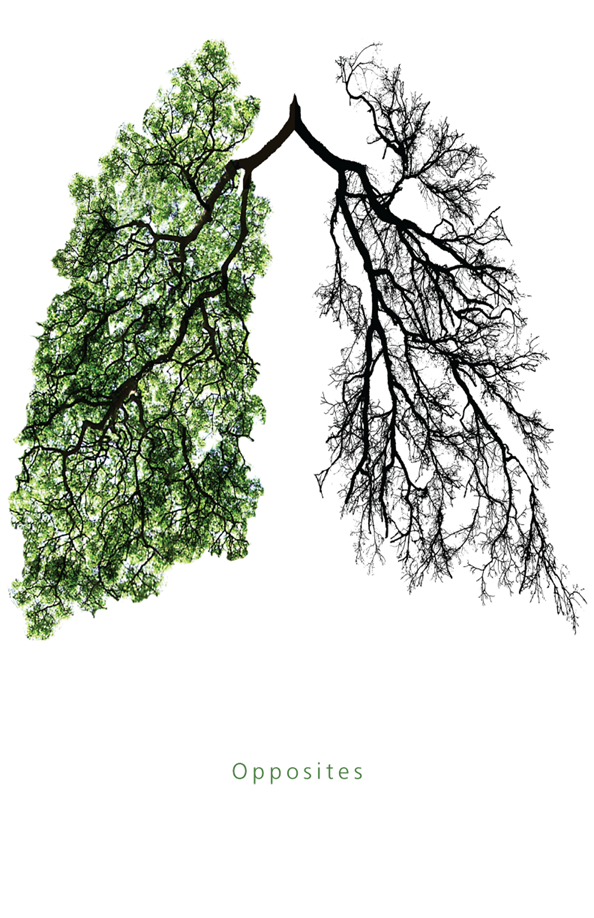The relationship between Tree density and asthma rate among children in New York City
Jingwei Ren (jr3869); Qi Shao (qs2200); Xinyao Wu (xw2598); Baoyi Shi (bs3141)

Motivation
Over the past decades, the prevalence of asthma has increased in the urban areas with the potential effects of airflow, air quality and production of aeroallergens. Asthma is the most prevalent chronic disease among children. The disease can make breathing difficult and trigger coughing, wheezing and shortness of breath by the presence of extra mucus in narrow airways.
Data on the influence of green spaces on asthma in children are inconstant. Previous research that did in Kaunas, Lithuania showed a positive association between the level of the surrounding greenness and risk of asthma in children. Their study suggested that high exposure to green spaces may increase the risk of allergic conditions and the prevalence of asthma through the effect of pollen. Another ecological design study did in New York City observed an inverse association between street tree density and the prevalence of asthma. Others have reported no relationships between greenery densities, canopy cover and asthma.
Our goal was to investigate the association between tree densities and asthma among children in New York City, including variables like poverties and air quality factors like fine particulate matter (PM2.5), and ambient concentrations of sulfur dioxide (SO2).
Data source
All data about asthma, poverty and air qualities was retrieved from NYC health (http://a816-dohbesp.nyc.gov/IndicatorPublic/PublicTracking.aspx)
All data related to trees was retrieved from NYC open data (https://data.cityofnewyork.us/Environment/2015-Street-Tree-Census-Tree-Data/pi5s-9p35)
All neighborhood data was retrieved from (http://www.infoshare.org/misc/UHF.pdf)
Conclusion
Our main goal is to discuss the relationship between tree density in New York City and children asthma rate in 2015. We built two multilinear regression models, investigating the relationship between asthma rate and tree density, SO2 and poverty level for children from 0 to 4 years old and children from 5 to 14 years old. The result showed that exposure to air pollution (SO2) (P-value = 0.048, 0.0116) and increased poverty level(p-value = 6.41e-09,2.83e-09) could contribute to excess asthma in urban areas. All the factors are significant except tree density ( p-value = 0.86, 0.64).
We listed some possible reasons that explained why no obvious association was shown between tree density and asthma. One possible explanation is the season. In the spring and summer months, increasing tree densities might have a positive impact on asthma rate. Pollen could be an allergen that gives some people sneezing fits and watery eyes, which could indirectly cause an asthma attack in others. Certain trees like Ash, Birch, and Oak could cause aggravate respiratory allergies. However, in the fall and winter months, increasing tree densities might decrease the asthma rate through the effect on local air quality. Those two situations might counteract each other and result in the conclusion that overall, there was no association between tree density in New York City and children asthma rate in 2015.
Other factors might also influence the asthma rate, including sociodemographic characteristics, population density and hospitals amount in the neighborhood. After adjustment, the association between tree density and hospitalizations as a result of asthma might no longer significant.